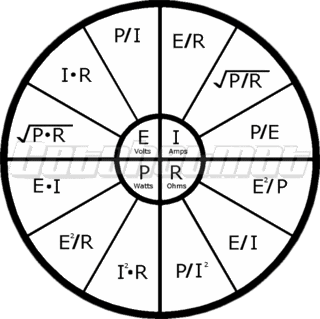Was sitting around, looking at plug wires and kept seeing aftermarket wires advertised with 'only' 40ohms per foot and i think im over thinking this.
-If the resistence goes down, there will be less of a load, creating a smaller voltage drop across the wire and allowing more current flow to bridge the plug gap.
-That is the most sensible explanation, but say you add resistence, and a coil that is capable of maintaining the same voltage despite the bigger load, amperage is going to go up and give you a hotter spark.
Could somebody clarify this for me, I thnk im just coming up with excuses why each could be better.
-If the resistence goes down, there will be less of a load, creating a smaller voltage drop across the wire and allowing more current flow to bridge the plug gap.
-That is the most sensible explanation, but say you add resistence, and a coil that is capable of maintaining the same voltage despite the bigger load, amperage is going to go up and give you a hotter spark.
Could somebody clarify this for me, I thnk im just coming up with excuses why each could be better.





